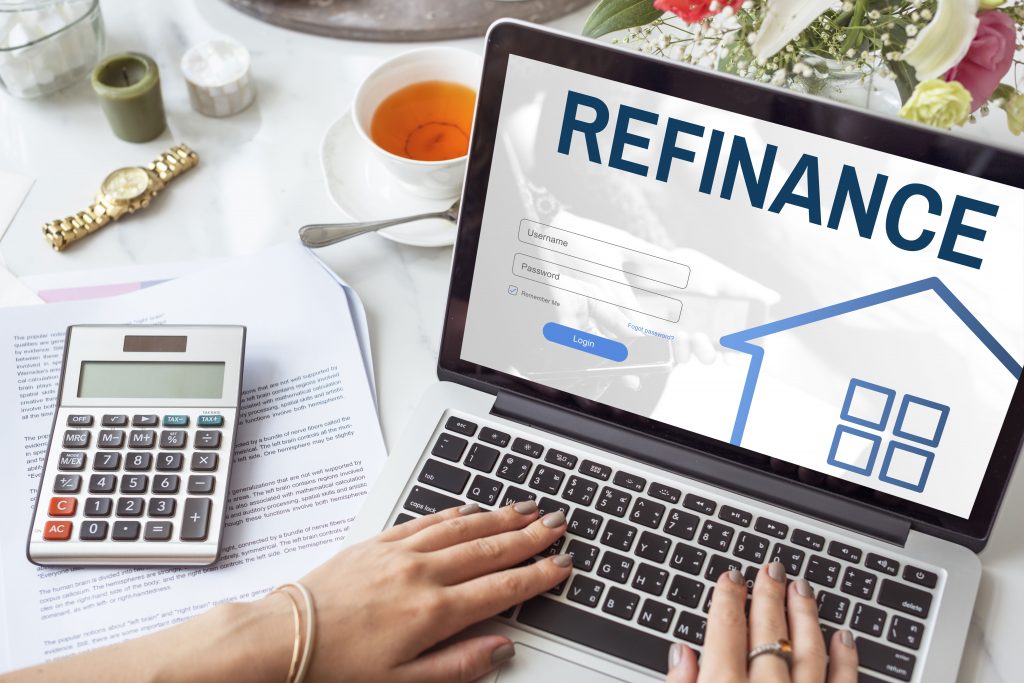When interest rates drop, it is frequently a good time to refinance. In addition to financial savings, switching to a new mortgage has a number of other benefits. A refinance of a home loan entails obtaining a new loan from a different lender to pay off an existing one.
When switching a housing loan (also called refinancing), the main reason is to receive a lower interest rate, and the second reason is to receive a loan top-up.

Apart from these two reasons, there could be a slew of others for taking out a new loan to repay an old one. Poor service quality from the existing lender is one of them, as is loan portfolio consolidation.
Take a look at six of the most compelling and common reasons for refinancing your home:
1. Lower your monthly payment and interest rate
You could save thousands of dollars over the life of your loan if you lock in a lower interest rate. In many cases, a lower interest rate translates into a lower monthly mortgage payment. These interest savings may allow you to pay off other high-interest debt, contribute to your savings account, or contribute more funds to your retirement account.
2. Pay off your home loan in advance
Some borrowers can reduce the term of their loan by refinancing. If you’ve had your loan for a while, a drop in interest rates may allow you to switch from a 30-year loan to a 20-year loan with no noticeable change in monthly mortgage payments. Because the loan is paid off in a shorter period of time, you may benefit from lower interest costs.
3. Fix your interest rate
Borrowers with adjustable-rate mortgages (ARMs) frequently refinance into new fixed-rate loans. This is especially true if you are nearing the end of your interest rate adjustment period and can obtain a lower fixed rate by refinancing your current loan.
Use the refinance savings calculator to determine how much you could save by refinancing. Calculate your EMI with this EMI calculator for home loan.
4. Get funding for home improvements or repairs
Mortgage payments, increases in home values, or a combination of the two all contribute to home equity accumulation. As a borrower, you can use a cash-out refinance to access the equity you’ve built up. This money can be used to pay for home improvements or repairs, to pay off high-interest debt, or to cover large expenses such as medical bills, legal fees, and college tuition.
5. Get rid of private mortgage insurance
With the exception of VA loans, when you finance more than 80% of the value of your home, you generally pay private mortgage insurance (PMI) as a borrower. In this case, refinancing your mortgage may be a viable option to eliminate this cost. Borrowers who have a loan-to-value (LTV) of less than 80 percent due to a lower loan amount, increased home value, or both can choose this option.
6. A change in a financial situation
Any changes in your monthly income will have an effect on your ability to repay. If your monthly income has decreased or you have another financial obligation, you may want to consider refinancing your home loan and replacing it with a loan with a longer term. As a result, your monthly EMI will be reduced, allowing you to make the repayment without putting your finances at risk.
If your financial situation improves over time, refinancing your home loan allows you to increase your EMI and pay off your debt faster. As a result, it is advised that you monitor your financial situation and refinance your mortgage as needed. Make a note of the refinancing home loan interest rates before proceeding.
Conclusion
To summarize, refinance is a tool that allows home loan customers to take advantage of changes in circumstances. The timely use of this tool will help you lower the cost of your home loan. As a general rule, refinancing should be done only when it makes financial sense. With mortgage interest rates near historic lows, refinancing now may lower your monthly mortgage payment and save you money in the short and long term. You can easily find the housing loan interest rate with just one tap.
Leave a Reply